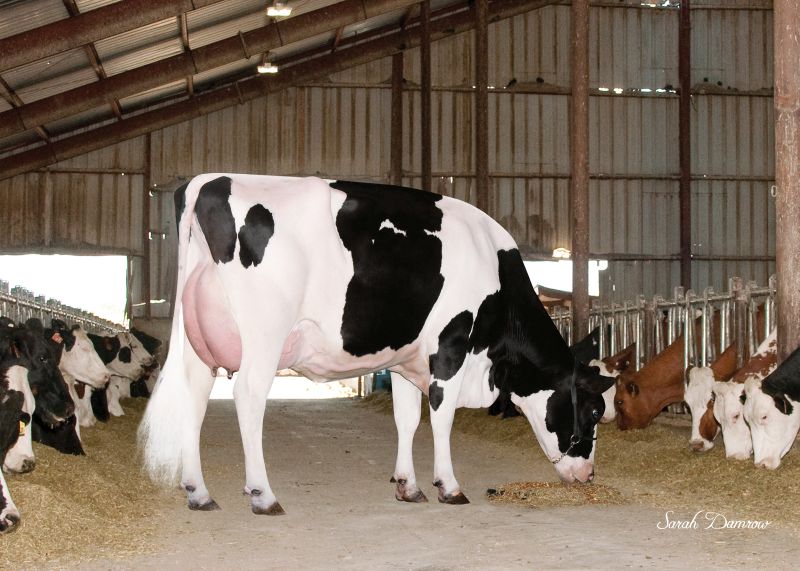
A major new study of Holstein dairy sires has confirmed that genomic indexes are a remarkably reliable predictor of actual daughter performance.
The study provides reassurance to the thousands of UK dairy producers who select service sires on the strength of an index based on their DNA.
A genomic index is a genetic index which is calculated from the gene-set or genotype of a young animal, rather than from its own, its daughters’ or its parents’ and ancestors’ actual performance.
In reality, the genomic component of an animal’s index is used alongside other genetic information from these alternative sources, in a smooth transition towards an index which will ultimately be based on actual or daughter performance.
The study, undertaken by AHDB Dairy, included every genomic sire marketed in the UK in August 2014 and compared its genomic index at that time with its daughter-proven index in August 2018.
Some 7,745 bulls were included in the analysis which showed there was little difference between their average genomic index in 2014 and their proven index four years later.
Marco Winters, head of animal genetics for AHDB Dairy says: “This study should give complete reassurance that UK genomic indexes are amongst the most stable and reliable in the world.
“Provided they chose their service sires wisely, the many producers who put their faith in genomic indexes should have made substantial genetic gains in their herds.”
Superior genetics
Genomic indexes were introduced for bulls marketed in the UK in 2012. At that time, the technology to calculate the indexes was still in its early stages, and producers were made aware they were more likely to change over time than indexes for proven sires which already had many daughters milking.
However, the attraction of using these young sires was their generally superior genetics which would help producers breed better replacement dairy heifers.
Thousands of producers took this opportunity and some now breed 100 per cent of their replacements from genomic sires.
Across the UK, around 70 per cent of dairy replacements are now bred from these young bulls.
Mr Winters continued: “We were confident in the system when we launched genomic indexes in the UK in 2012, and this analysis confirms the reliability of the techniques we used.”
Remarking that the UK teamed up with the USA, Canada and Italy to provide one of the largest reference populations in the word, he said this helped ensure the reliability of the UK indexes.
